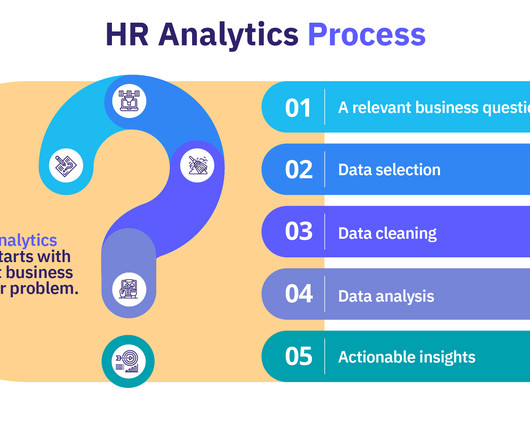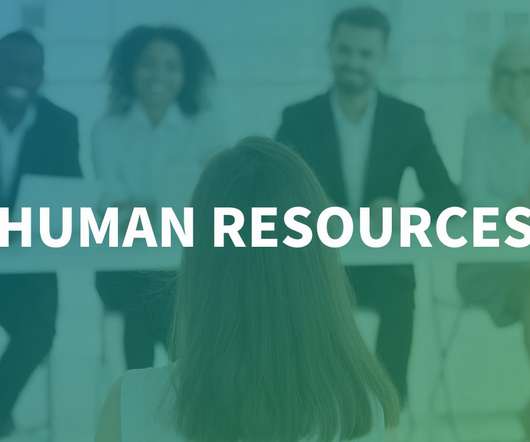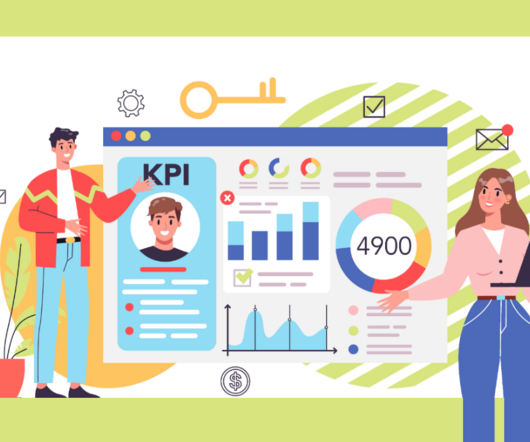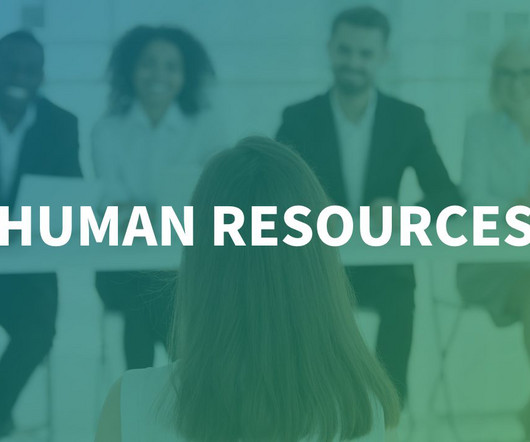Build vs. Rent: Don’t Crash on the Do-It-Yourself Iceberg for People Analytics
Visier
MAY 28, 2018
“Build vs. Rent” is a common dichotomy in technology buying, but what does it mean when applied to people analytics? The race to adopt people analytics is heating up: according to the Bersin by Deloitte HR Technology Disruptions for 2018 report , “people analytics is now a must-have discipline within HR and business.”.



















































Let's personalize your content